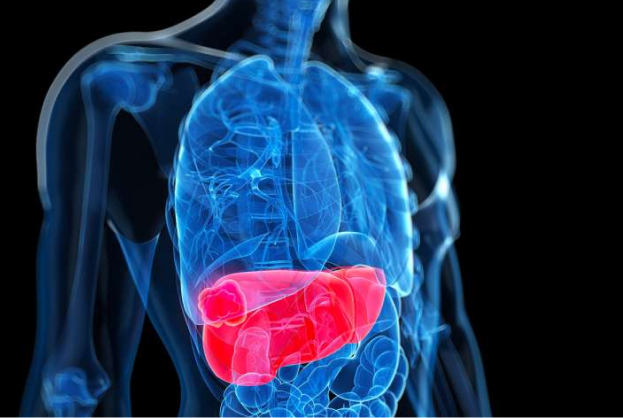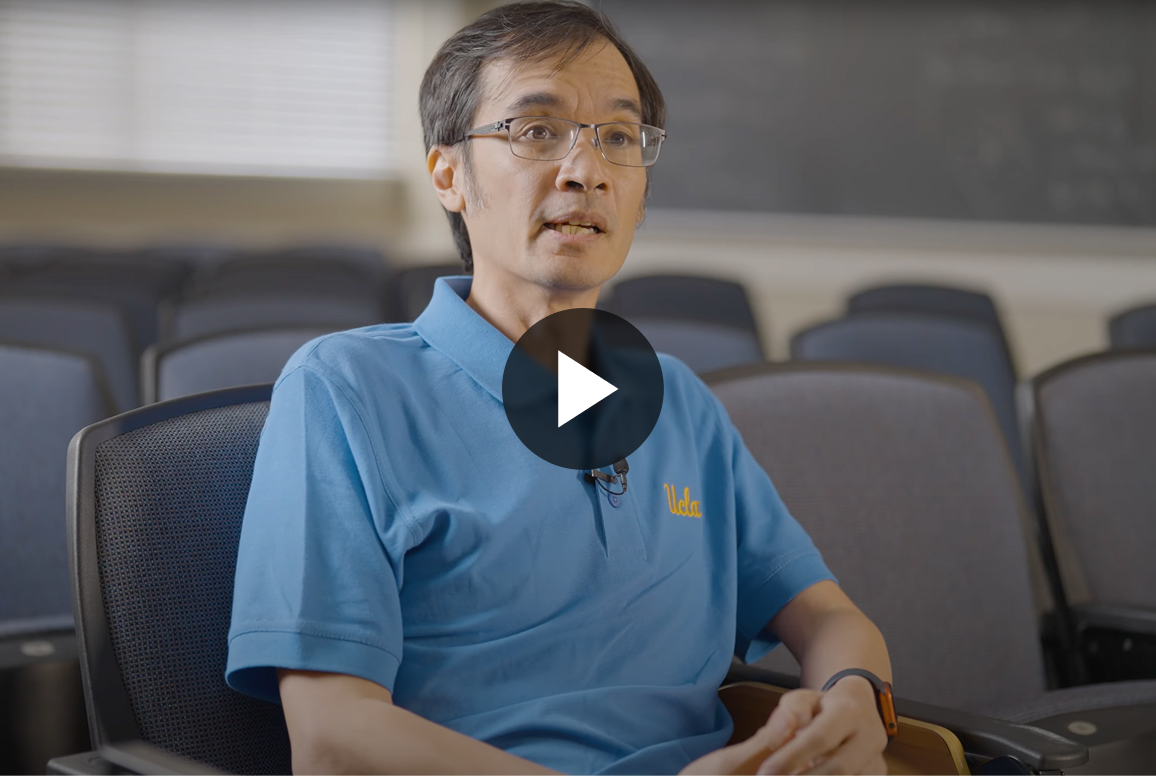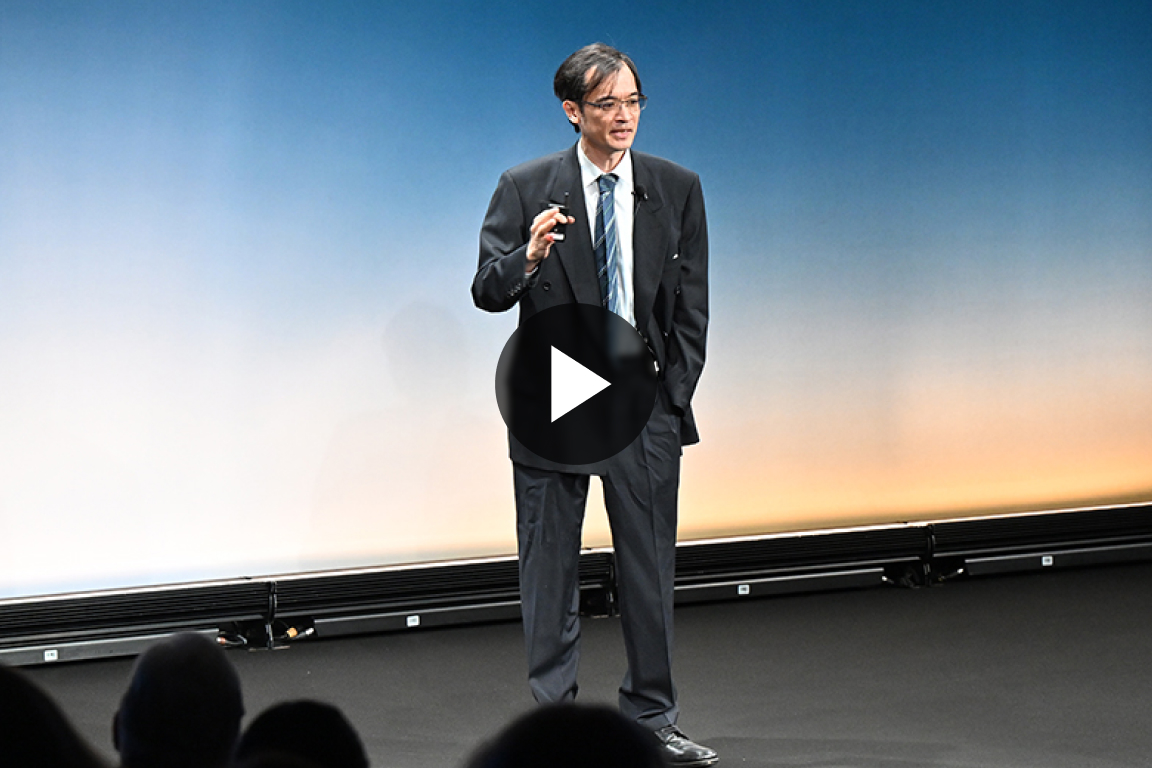MRIs, Mozart and the wonders of mathematics
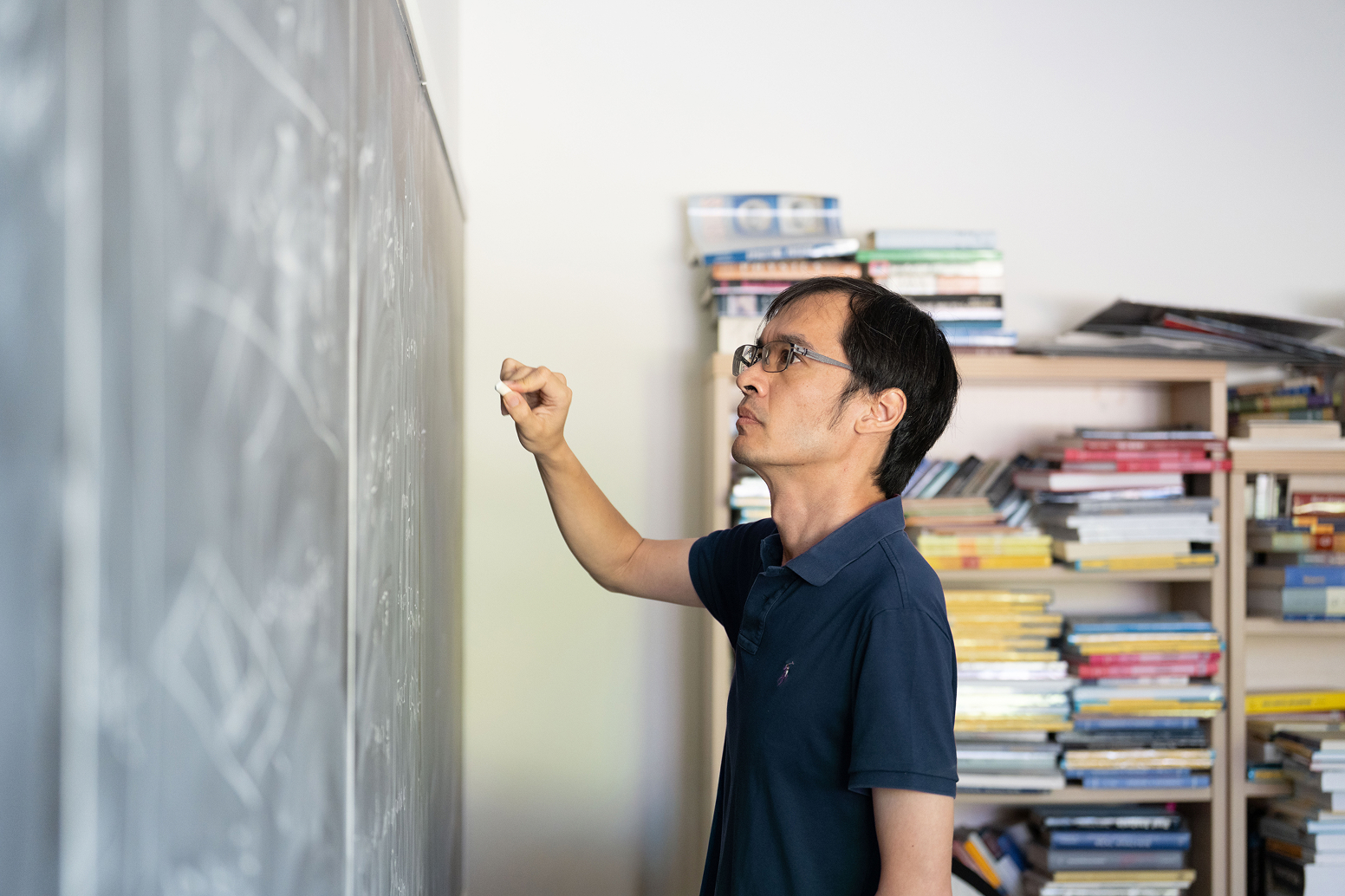
If you’ve had an MRI in recent years, you have UCLA mathematician and Fields Medal winner Terence Tao to thank for the technology. His foundational work in compressed sensing, conducted with Stanford professor Emmanuel Candès, paved the way for clinical techniques that use complex algorithms to create amazingly precise images from a tiny amount of data — cutting down the time and cost of the process and expanding its availability.
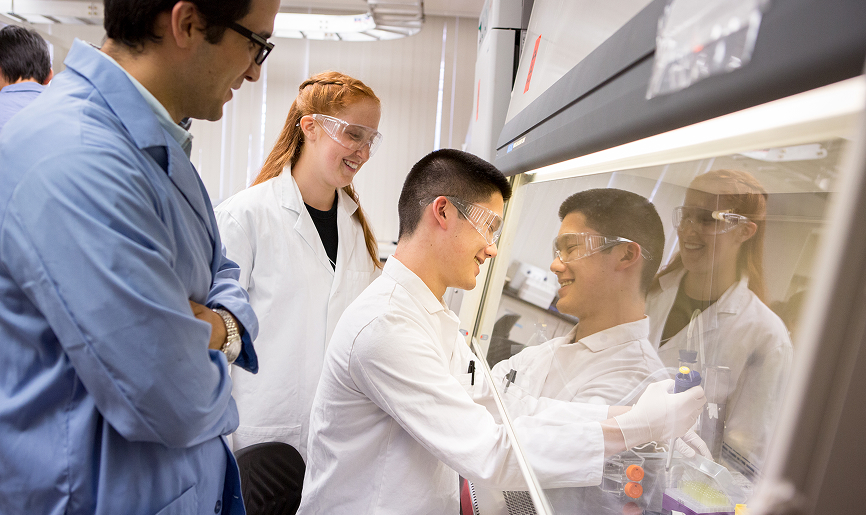 Kyle Alexander | UCLA
Kyle Alexander | UCLA
Tao, dubbed the “Mozart of math” and widely considered the world’s greatest living mathematician, has reshaped vast areas of mathematics, from harmonic analysis and partial differential equations to algebraic geometry, number theory and combinatorics — and he’s now exploring the frontier where math meets artificial intelligence.
And while he understands that these mathematical topics might fly over the heads of most people, he stresses that the “pure math” research he and his colleagues perform, although seemingly esoteric, can yield results that ripple far beyond the chalkboard, informing tomorrow’s advances in science, technology and beyond.
“Mathematicians often work on pure problems that do not have any applications for 20 years,” he has said, noting that Einstein’s theory of relativity ultimately hinged on math that had been developed decades earlier. "Contributions to tangible technological advances are subtle and indirect, but without such basic research, many advances would have taken far longer to be developed, and some may not have been pursued at all.”
Tao’s own discoveries, assisted by a series of collaborators, are pushing those advances forward. Beyond his work in compressed sensing, he and a colleague have made significant advances on a centuries-old question about the hidden structure of prime numbers — an area of math that informs the backbone of modern encryption and digital security, allowing people to use credit and bank cards without fear. And his explorations of the math behind fluid dynamics could eventually reshape how we model weather, assess turbulence in air and water, optimize industrial fluid systems, and study plasma in stars.
Now, Tao is pushing mathematics into the age of artificial intelligence, exploring how AI can support and quicken mathematical discovery by supporting collaborations among mathematicians, computer scientists, logicians and even the public, making research faster, cheaper and more efficient and, potentially, connecting abstract theory more quickly with real-world technologies.
Tao recently saw his National Science Foundation research funding — along with funding for UCLA’s Institute of Pure and Applied Mathematics, where he is director of special projects — frozen. And in the wake of these suspensions, he stresses that the stakes for UCLA and the nation aren’t just academic, particularly when it comes to areas like cryptography and secure systems.
“It is important to do this kind of research,” he says. “If we don’t, it’s possible that an adversary could actually discover these weaknesses that we are not looking for at all.”



